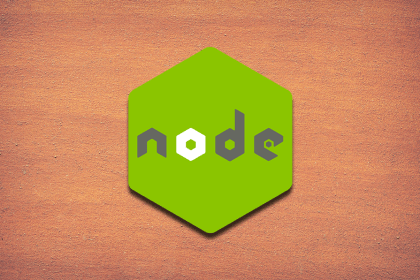
The Node.js 24 release included significant updates. Explore 10 features you might not be using yet — but absolutely should be.

Explore six of the best, easiest, most configurable, and convenient CSS animation libraries available in 2025.

A critical auth bypass vulnerability in Next.js lets attackers skip middleware checks by faking the x-middleware-subrequest header.

Build a secure file upload system using Astro’s server-side rendering, Cloudinary’s SDKs, and native integration.